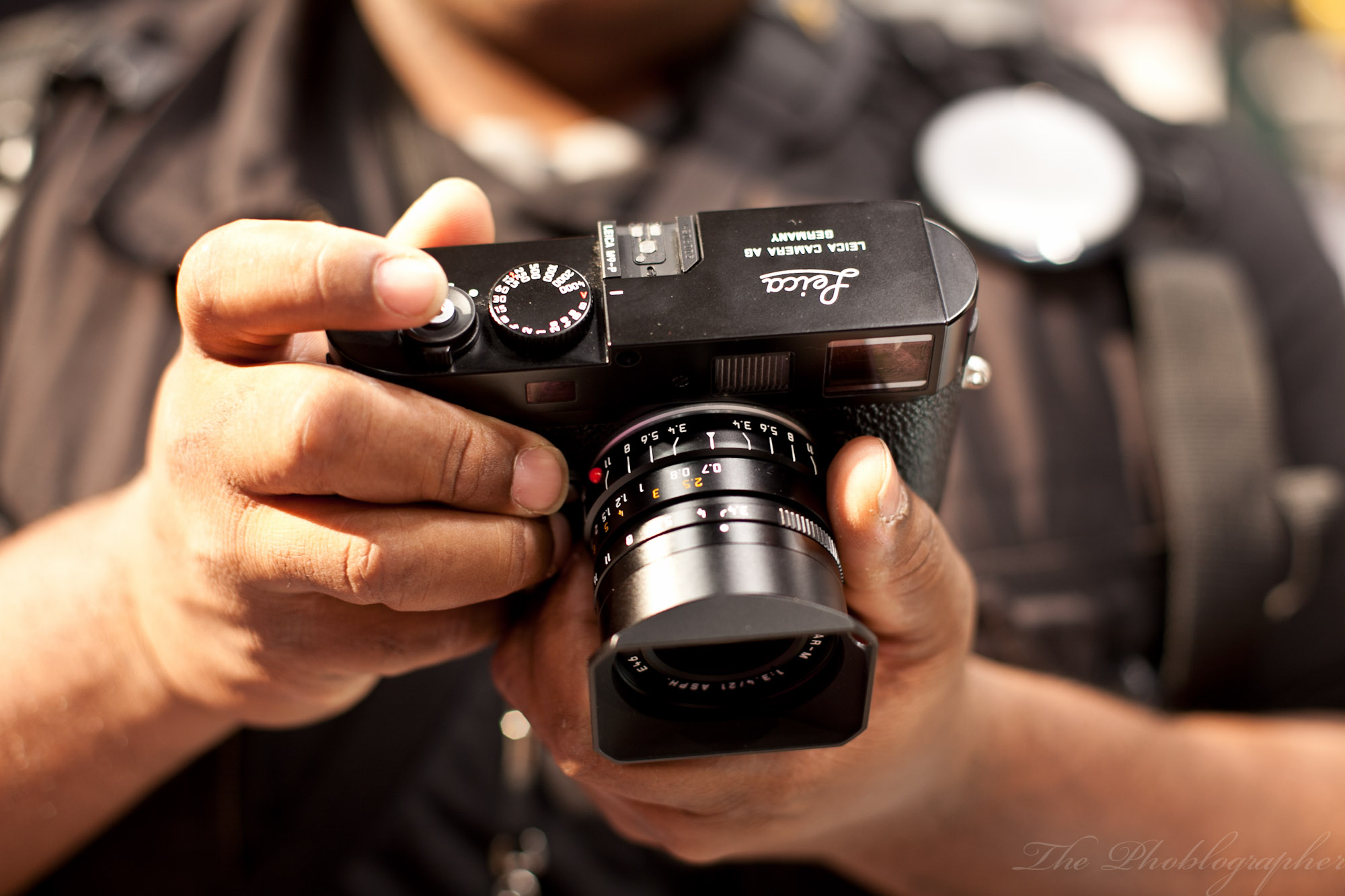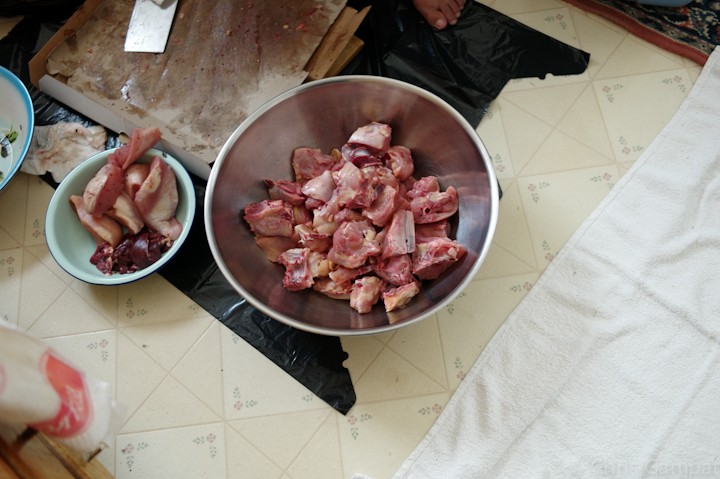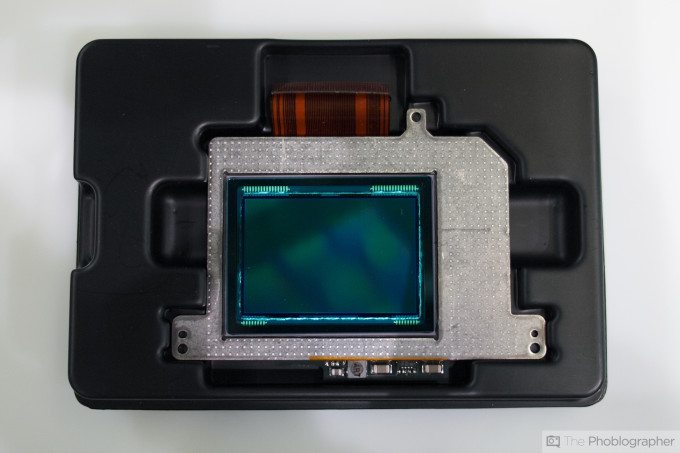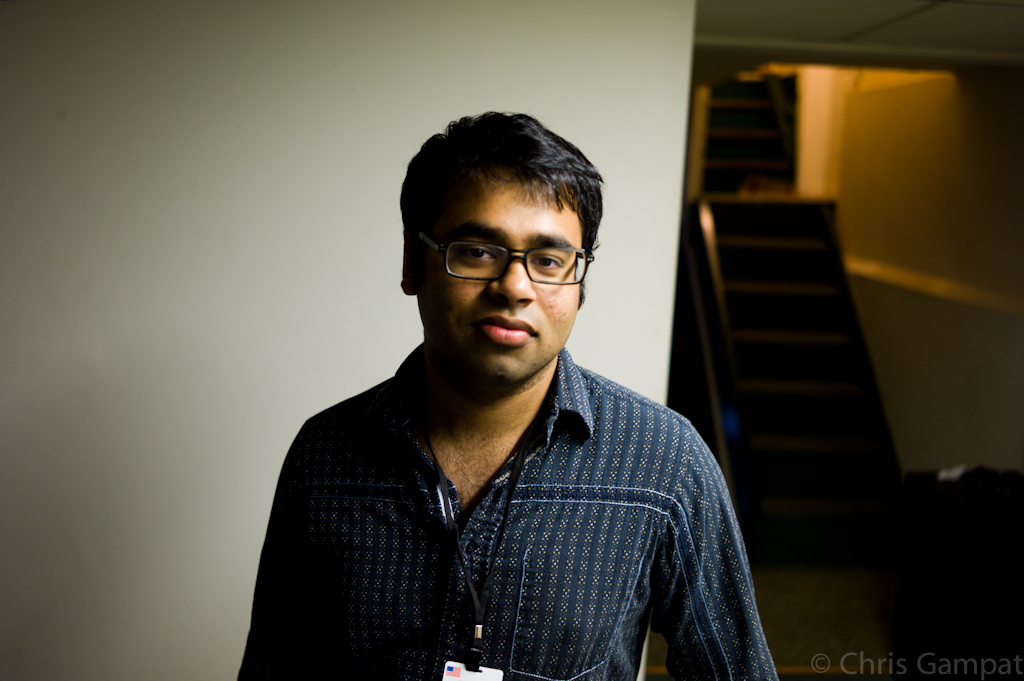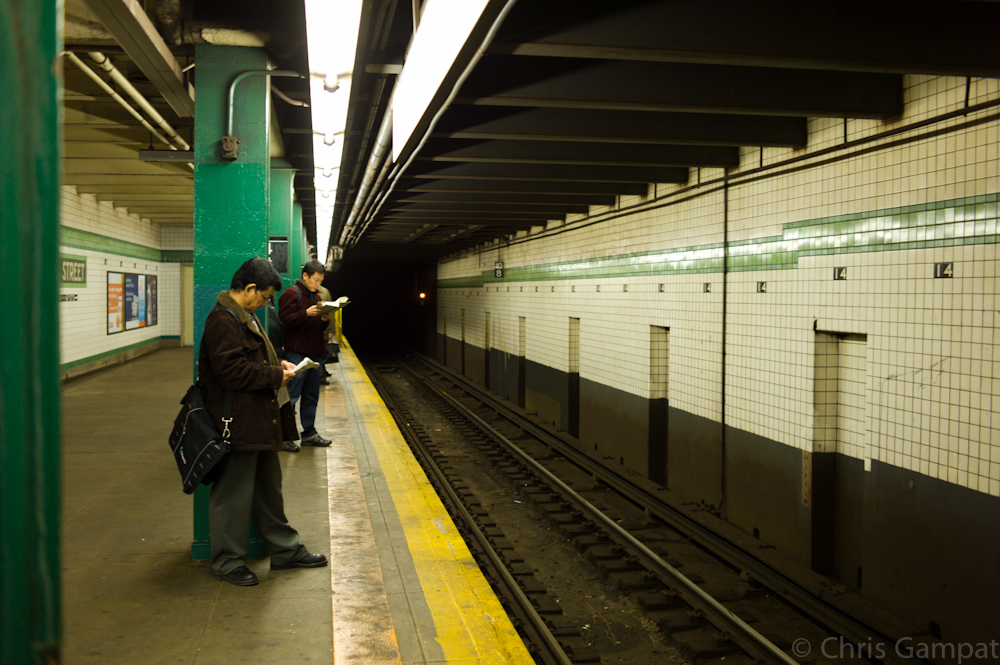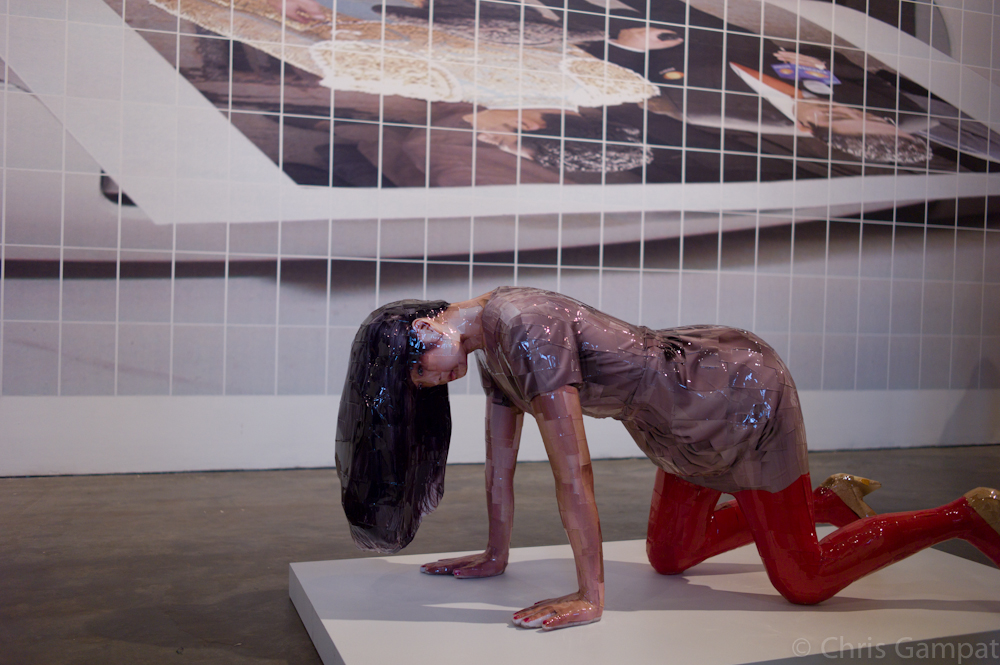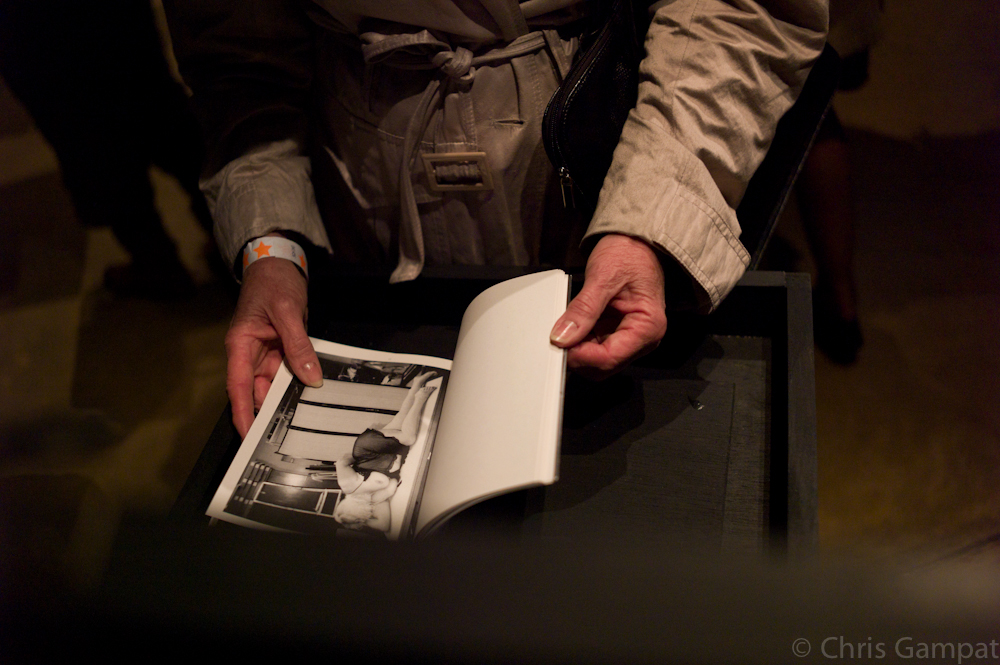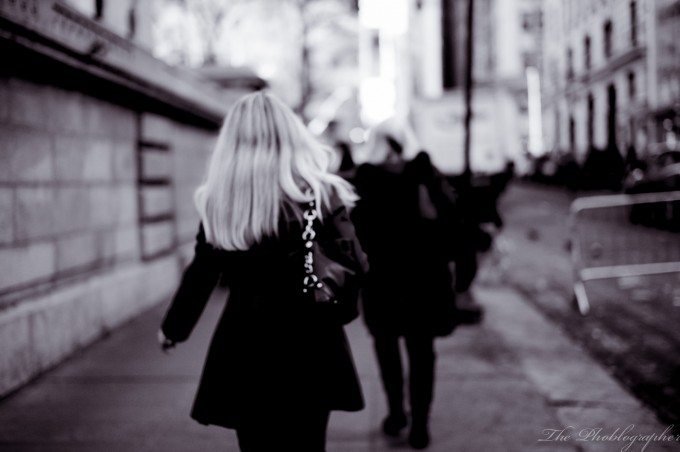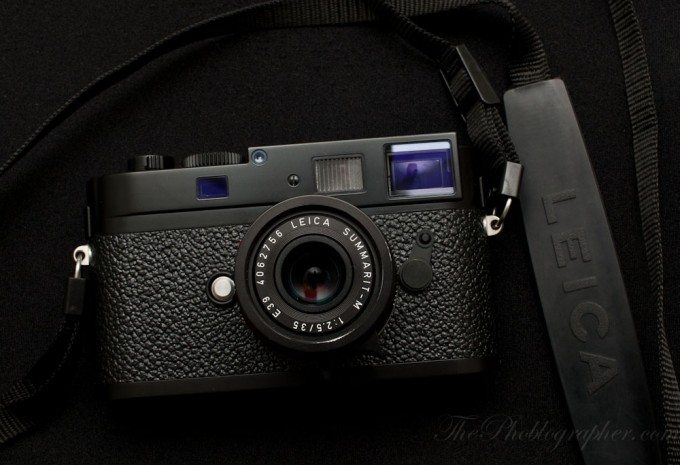Last Updated on 10/01/2020 by Chris Gampat
Every now and again, I consider buying a Leica M9 because of just how unique it is in the history of Leica’s cameras.
The Leica M9 is one of the last digital cameras for master photographers who are great at their craft. They were made before the selfie became super famous. At that time, the M9 cost many thousands of dollars. It was released around the time of the Canon 5D Mk II, the Nikon D700, and the Sony a900–all of which were innovative in their own rights. But the Leica M9 was the first mirrorless full-frame camera to really grace the market. It was plagued with a few issues like incompatibility with certain SD cards, lousy battery life, sometimes slow performance, etc. However, I’m not sure there was a single photographer that would doubt the quality of the images that came from its sensor. True to my previous statement about master photographers, the Leica M9 hearkened to the photographer who shot chrome film and gawked at the photographer who reached for negatives to try to get a better result in the darkroom. The sensor’s output wasn’t as versatile as other CMOS sensors of the day, but every photographer who held a Leica M9 secretly coveted something like it.
The Leica M9 Was Far from Perfect and Overpriced for Its Time
The camera I’m writing this post about had an extraordinary charm about it. But the Leica M9 was laughed at during its time for several reasons. Photographers wanted more of everything. They demanded more megapixels, a better high ISO output, more frames per second, HD video in a DSLR, and lots of other nifty features. But the Leica M9 didn’t have much of those: it was a camera designed for a photographer to get the shot right the first time in the camera. It didn’t care about your post-production, and the files weren’t very versatile. Instead, you had to nail it when you shot it. It sounds counter-intuitive to what much of photography is today though, right? Even crazier, Leica demanded many thousands of dollars for one. Then you had to buy lenses on top of that. Plus it was all manual focus, the battery life was crap, and it had issues with SD cards. By all means, you would have been stupid to buy one at that time.
But in today’s photography world, you wouldn’t be stupid to buy it. The Leica M9 represents a far different perspective when it comes to photography. In a world where photographers take a million shots to get a single good one, there is a more significant emphasis on not having skill. But the Leica M9 requires skill to use. There is zone focusing involved, carefully paying attention to a scene, shooting a frame and then waiting for the shutter to recock, not overusing the battery, etc. You really need to get the shot in a single frame. This mentality is the same idea that chrome film shooters had. In one single photo you needed to get the highlights, the shadows, and the composition perfect. In the darkroom, there wasn’t much room for error. It’s synonymous these days to the idea that you can shoot with a camera and rely on the JPEG to be your statement to the world. Instead, you don’t need to edit.
The CCD Sensor and Its Chrome Film Look
Part of what made the Leica M9 so special was the sensor. It was a CCD sensor that delivered images that looked like they were made on chrome film. Further, this was a Kodak sensor (one of their last good ones). It didn’t have the most megapixels, and its results above ISO 800 were questionably noisy, but that’s the way that film worked. By all means, the Leica M9 was a film shooter’s camera. You didn’t need VSCO, Mastin, RNI or any of those Facebook groups to tell you that your image looked like film. Instead, it was just organically like that. It was beautiful.
By today’s standards, the CCD sensor in the Leica M9 is antiquated and a dinosaur. But I’d pay a lot of money to get it back. It was a complete slap in the face to modern photography and all the forgiveness that is offered with post-production software. I’m not saying I hate post-production software or the process, but what I’m saying is that I wish there were more photographers in the world and fewer photo editors. Most folks who call themselves photographers need to edit their images in post to make the magic come out. They don’t take the time and energy to make that magic happen in-camera. Why not? Why can’t we make photography art again? Why do we need to make the process of photoshopping the standard in the industry when every Instagram influencer photoshops their images like crazy? Why can’t we stand apart from them and prove to the world we’re better than that?
The Leica M9 Was a Near Perfect JPEG Camera
The Leica M9 shot DNG raw files–great for archival purposes. They’re not the most versatile, but when you shoot with the Leica M9 in JPEG and RAW mode or even just in JPEG mode, you’ll get images that are worth every click and every bit of battery life. You don’t need to fix something in post unless you’re converting to black and white. Even then I’d say just do it in the camera.

In the end, it’s also quite a rewarding experience to know that you’ve nailed the shot.
The Build Quality
The Leica M9 was made from metal at a time when most cameras were being made with a blend of plastics and metal. I’ve heard stories of photographers using M9’s as personal defense weapons against thieves. These cameras have had rain fall on them with the photographers letting the rain out through the battery cover, and the Leica M9 was still working. They were that durable. Granted, they suffered sensor issues. But the Leica M9 is a camera that represents what authentic photography should be again in many ways.


